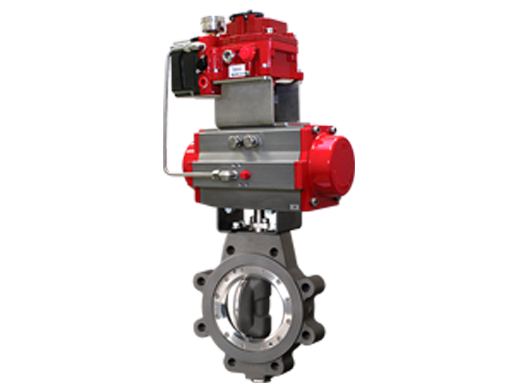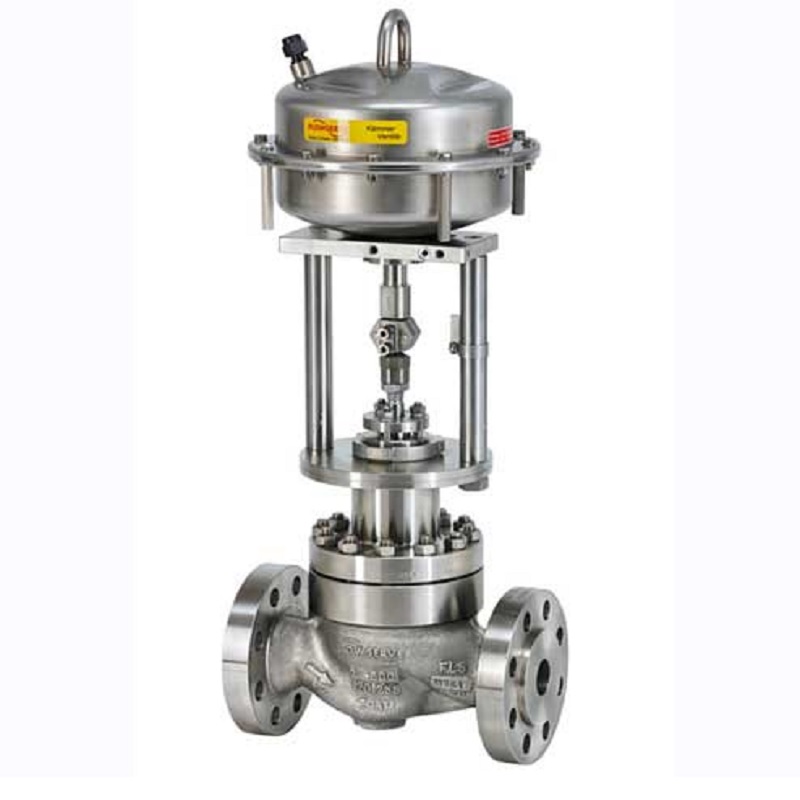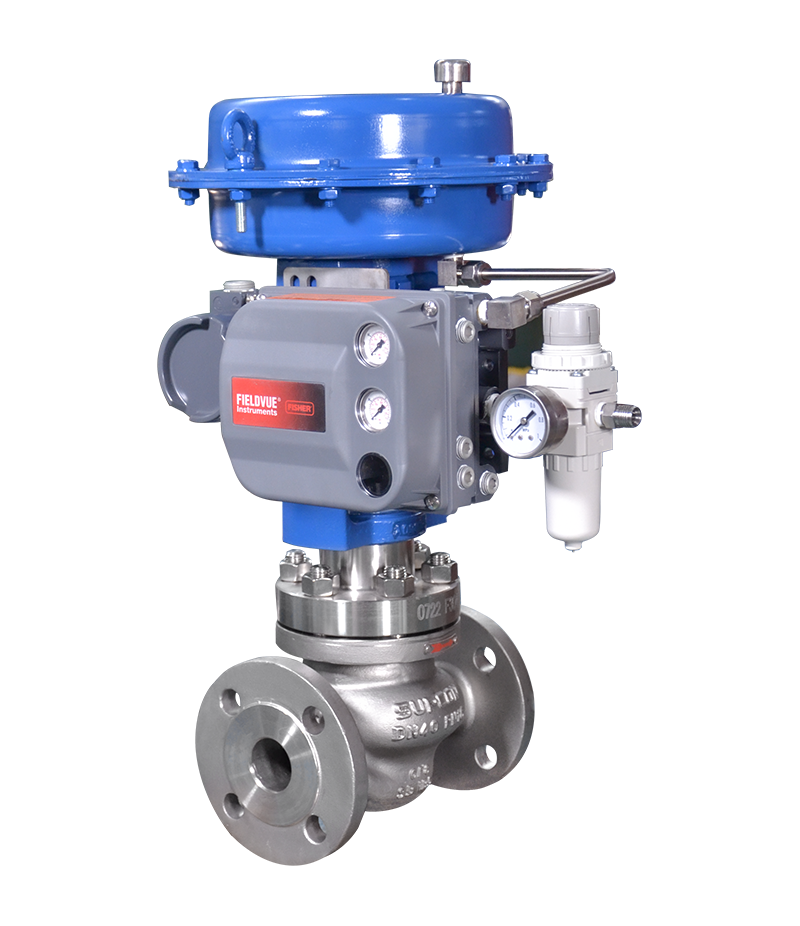Efficient Control Valves: Trick Parts for Reliable System Management
Efficient Control Valves: Trick Parts for Reliable System Management
Blog Article

Maximize Energy Savings and Convenience With Advanced Building Automation Controls
In the world of contemporary style and facility administration, the integration of sophisticated building automation regulates stands as a crucial advancement. The merging of innovation and sustainability has birthed a brand-new age where power efficiency, convenience optimization, and operational streamlining are no longer far-off goals yet possible truths. By harnessing the power of automation, structures can adjust, respond, and advance in manner ins which were as soon as inconceivable. The possibility for substantial energy financial savings and boosted convenience is not just a promise however a possibility waiting to be met. This paradigm change in structure monitoring holds the key to opening a globe where environmental conscientiousness and passenger wellness sympathetically exist side-by-side within the walls of our frameworks.
Energy Performance Advantages
Power efficiency advantages can significantly decrease power intake and functional expenses in structures. Energy-efficient systems, such as sophisticated building automation controls, can enhance the usage of resources like lights, cooling, and heating, leading to reduced power expenditures over time.
In addition, boosted energy efficiency can prolong the lifespan of building tools and systems. By running extra efficiently, heating and cooling systems, lighting components, and other structure elements experience less wear and tear, leading to reduced maintenance and replacement expenses. In addition, energy-efficient buildings usually command higher residential property values and rental rates, supplying long-term economic advantages to owners.
Additionally, energy effectiveness can enhance resident comfort and productivity. Correctly regulated interior environments with ideal illumination and thermal problems produce an even more pleasant and favorable workspace, leading to boosted worker contentment and efficiency. In general, the energy performance advantages associated with advanced structure automation controls are diverse, incorporating cost savings, ecological stewardship, and resident well-being.
Enhanced Convenience Control
Enhancing comfort control in building environments requires a sophisticated assimilation of innovative automation systems for optimum passenger well-being. By making use of advanced structure automation controls, centers can customize the indoor setting to satisfy the certain requirements and preferences of passengers. control valves.
Improved comfort control exceeds basic temperature level changes. It includes functions such as individualized setups, occupancy sensors, and natural light utilization to produce a receptive and dynamic environment. By including these innovative controls, structures can not only boost convenience yet likewise enhance energy performance by enhancing system procedures based upon actual tenancy and usage patterns. Eventually, prioritizing owner convenience via sophisticated automation systems leads to a more satisfying and much healthier interior atmosphere.
Functional Effectiveness Improvements

Furthermore, the application of real-time surveillance and analytics tools allows building drivers to recognize energy inadequacies and functional anomalies immediately. By continually monitoring power usage patterns and system efficiency metrics, adjustments can be made in real-time to maximize power consumption and make sure peak functional effectiveness. control valves. In addition, incorporating demand action approaches into structure automation controls can even more boost functional efficiency by dynamically changing energy usage based upon grid problems and prices signals
Indoor Environment Optimization
Effective interior environment optimization is a basic facet of structure automation controls, ensuring occupants' comfort and well-being while making the most of power savings. By utilizing advanced sensing units and controls, developing automation systems can constantly readjust and keep an eye on temperature level, moisture levels, air high quality, and air flow to create an optimal indoor environment. Maintaining constant and comfy conditions not only boosts resident fulfillment but also enhances productivity and general well-being.
Indoor climate optimization additionally plays an important duty in energy performance. By fine-tuning cooling, heating, and air flow systems based upon real-time data and tenancy patterns, developing automation controls can substantially minimize energy intake - control valves. Executing approaches such as demand-controlled air flow and thermal zoning can help lessen power waste while ensuring that each area of the building gets the required conditioning.

Sustainable Setting Production
Building automation regulates not just enhance indoor climate problems for power efficiency and passenger convenience but additionally lay the foundation for creating a sustainable environment through strategic monitoring of systems and resources. By incorporating innovative structure website link automation technologies, such as sensing units, actuators, and intelligent software, facilities can keep track of and readjust power usage in real-time to decrease waste and reduce their carbon impact. These systems allow predictive upkeep, recognizing potential concerns prior to they intensify and enhancing tools performance to boost long life and effectiveness.
In addition, lasting atmosphere production extends beyond energy management to incorporate water preservation, waste decrease, and interior air top quality enhancement. Structure automation controls can control water usage, detect leaks, and ensure proper waste disposal techniques, contributing to overall sustainability efforts. In addition, by checking and controlling air flow and see here purification systems, these technologies boost owner health and wellness and efficiency while lowering energy intake connected with heating and cooling procedures.
Conclusion
Finally, progressed building automation regulates deal substantial benefits in regards to energy savings, convenience control, functional efficiency, interior environment optimization, and creating a lasting environment. By applying these controls, buildings can accomplish optimum efficiency while reducing energy consumption and boosting occupant comfort. It is obvious that the use of advanced automation innovation is essential in boosting structure efficiency and producing a much more sustainable future.
Power efficiency advantages can considerably minimize power consumption and functional costs in structures. On the whole, the power efficiency benefits associated with sophisticated building automation controls are diverse, including cost financial savings, ecological stewardship, and owner well-being.
In addition, including need action methods into structure automation controls can better enhance operational efficiency by dynamically adjusting energy usage based on grid conditions and prices signals.
Building automation controls not only enhance interior climate conditions for power effectiveness and resident comfort however likewise lay the structure for creating a sustainable setting with calculated monitoring of systems and resources.In verdict, progressed building automation regulates offer significant advantages in terms of power cost savings, convenience control, operational performance, interior environment optimization, and developing a sustainable setting.
Report this page